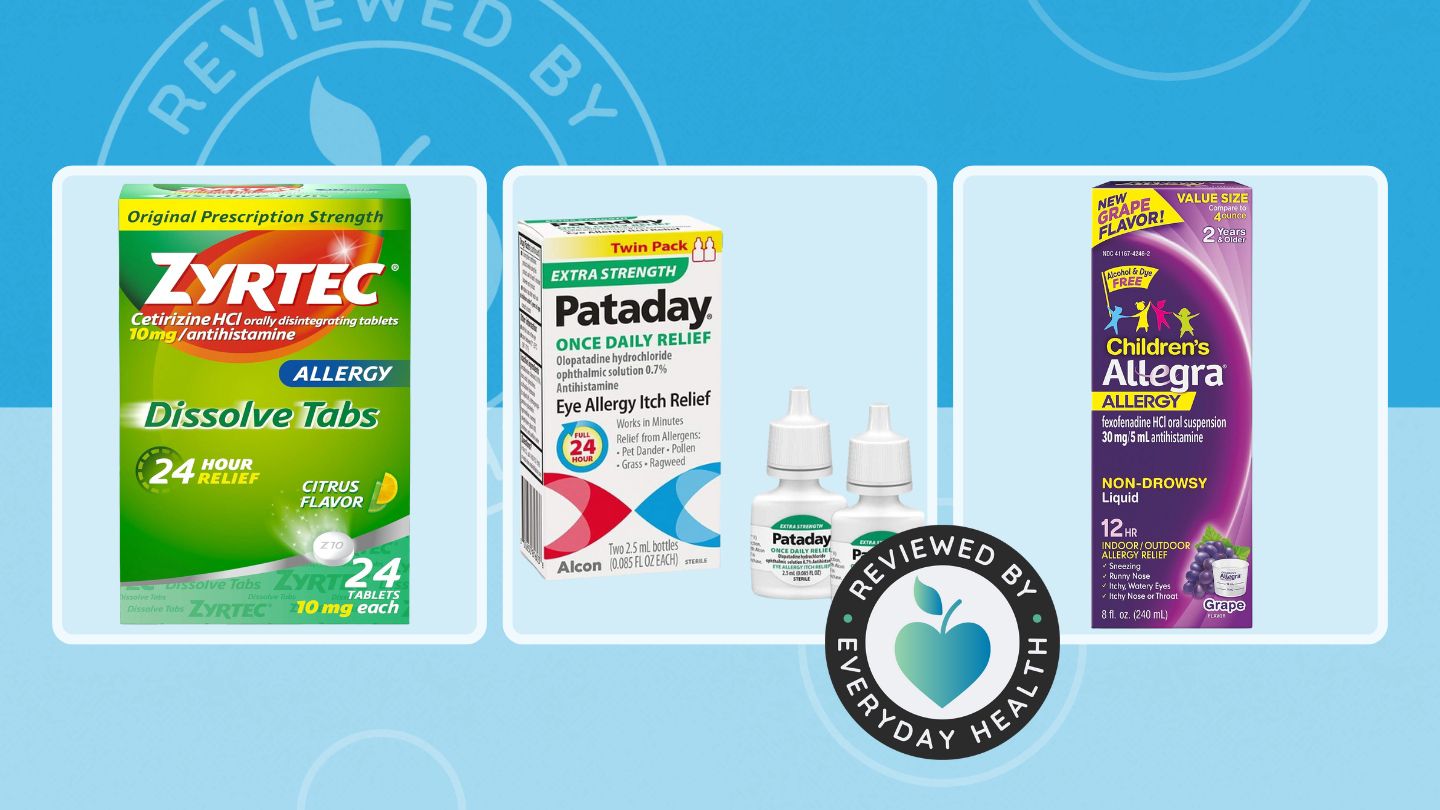Understanding Why Your Nose Feels So Cold
Do you seem to always have a cold nose even when the rest of your body feels perfectly warm and comfortable? This annoying phenomenon has likely plagued you for years through winter after winter of perpetually icy schnozzes.
But rather than curse your fate as one of the unfortunate few with persistently frosty noses, know that youre far from alone. Plenty of others also wonder whats behind their chronically chilly sniffers that just cant seem to get toasty.
Normal Physiology of Nose Temperature Regulation
To understand why your nose feels so stubbornly cold, it helps to first look at how nasal temperature is normally regulated.
Your nose actually contains lots of delicate blood vessels close to the surface of the thin nasal skin. This allows it to perform its critical job as the body's air conditioner, warming, moistening, and filtering air entering your lungs.
The blood vessels give your nose great ability to rapidly heat up or cool down through changes in blood flow. In cold conditions, vessels constrict to conserve body heat. But in warmer environments, these blood vessels will dilate and fill with warmed blood from the bodys core to exchange heat with inhaled air.
When things work right, your nose engages in constant small temperature adjustmentsbut overall stays at a comfortable neutral point around 91F/33C.
Causes of Disproportionate Nose Coldness
For those with perpetually cold noses however, this balance becomes thrown off. Certain anatomical factors, underlying health issues, or lifestyle habits can alter sensitivity and blood flow in a way that prevents your schnozz from easily warming itself.
Here are some of the most common reasons why your nose alone may feel extra cold compared to the rest of your body:
Genetic Predisposition
Some people are just built with increased vulnerability to chilly extremities in general, including runny noses. These bodies have heightened activation of sympathetic nerves triggering vascular constriction in peripheral body parts like the nose, hands, and feet.
Poor Circulation
Medical conditions like anemia or thyroid disorders can impair healthy blood flow, which may leave the nose inadequately perfused. Autoimmune issues like lupus or rheumatoid arthritis also cause circulation abnormalities that especially impact smaller vessels like those in the nose.
Nasal Passage Inflammation
Swollen nasal membranes from chronic sinusitis or allergies can compress blood vessels. This blood flow disruption paired with increased surface area for heat loss makes it extra hard for an inflamed nose to maintain warmth.
Prior Nasal Injuries
Past breaks, surgeries or trauma to the nose can damage blood vessels or nerves involved in temperature regulationsometimes irreversibly. People with a history of nasal fractures, for example, often report persistent cold noses afterward.
Smoking and Alcohol Use
Tobacco smoke and alcohol are both vasoconstrictors that can impair blood flow to peripheral areas like the nose over time. Quitting smoking is often said to be one of the best ways to restore warmth and circulation to chronically cold noses.
When to See a Doctor About a Cold Nose
For the vast majority of people with harmless constitutional cold noses, learning to simply dress warmer is your best recourse. However, if accompanied by other concerning symptoms, you should speak to your doctor.
Seek medical evaluation if nose coldness is:
- Paired with color changes like white, blue or unusually pale skin
- Causing numbness, pain, tingling or burning
- Indicative of overall body temperature issues
- Accompanied by other circulatory problems
Rare underlying conditions like autoimmune disorders, blood cell abnormalities, nerve damage, or even malignancies in the nose can sometimes first manifest as unexplained nasal coldness.
Tricks to Warm Up a Perpetually Cold Nose
If you seem genetically cursed to contend with a frequently frigid honker, all hope is not lost. Employing a few specialized warming techniques can help coax your shriveling schnozz into better regulation.
Apply Direct Gentle Heat
Exposing your nose to safe sources of radiant heat can help encourage blood flow back into nasal tissues. Options include:
Warm Compresses
Drape a warm, damp washcloth across the bridge of your nose for a few minutes to gently transfer external heat directly into the skin and underlying blood vessels.
Hot Showers
Let bathing water cascade over your face to bathe the nose in warming humidity and steam. The key is to shower normally without excessive time fully facing into scalding spray.
Soup, Tea and Coffee Steam
Carefully breathe in steam vapors as they rise from hot beverages or bowls of soup. Water particles will transport gentle indirect heat into nasal passages.
Massage to Stimulate Blood Flow
Gently massaging the nose can mechanically encourage blood flow back into delicate capillaries that may be collapsed or constricted. Light fingertip pressure around nasal bridges often relieves temporary numbness. Just avoid mashing too harshly on fragile nose structures!
Humidify Indoor Air
Running indoor humidifiers can significantly alleviate nasal dryness that exacerbates feeling cold. Letting nasal membranes hydrate with moisture enables better temperature conductivity and circulation. This is especially helpful for cold noses aggravated in dry winter months.
Adjust Lifestyle Factors
Minimizing lifestyle influences worsening nasal blood flow issues can also promote warmth. Quit smoking, moderate alcohol intake, treat underlying medical issues, and ensure adequate nutrition for proper microvascular function.
And when all else fails...just keep another scarf handy!
When a Chronically Cold Nose Needs Medical Attention
Most people experiencing frequent nose coldness have an otherwise benign constitutional predisposition as the root cause. However, in some cases continuously frigid nasal temperatures, especially if progressive or accompanied by other symptoms, can indicate an underlying medical condition requiring further evaluation.
Red Flag Symptoms
See your doctor promptly if chronic nose coldness presents alongside:
- Significant color changes like white, blue or unusually pale nasal skin
- Tingling, burning, pain or numbness in the nose
- Sores or risk of frost nip from severely cold nasal skin
- Impaired smell or nasal congestion issues
- Overall lowered body temperature or chilled extremities
Potential Associated Conditions
Though rare, some disorders that can manifest with unexplained or worsening nasal coldness include:
Autoimmune Diseases
Diseases like lupus, Sjogrens syndrome and rheumatoid arthritis affecting blood vessels and circulation.
Vasculitis Syndromes
Inflammation of small blood vessels especially around the nasal septum.
Diabetes
Advanced microvascular diabetic damage impeding peripheral blood flow.
Nerve Damage
Neuropathies disrupting nerve signals controlling nasal heat exchange.
When in doubt, always share new onset of otherwise unexplained nose coldness with your physician - especially if progressive or impacting quality of life. Some dangerous health conditions rarely announce themselves loudly, so it's wise not to ignore subtle nose changes.
The Takeaway: Coping With a Chronically Cold Nose
If your nose tends to stay stubbornly frozen even when temperatures rise, don't panic. You likely just lost the genetic lottery for maintaining a toasty schnozz.
Employing extra scarves and strategic heating techniques can help you manage a frequently frigid nose. But do consult your doctor if any worrying or worsening signs appear - just in case theres a rare underlying medical issue needing evaluation.
Otherwise, embrace life with your quirky cold coin slot! And maybe avoid careers as scent detectors...
FAQs
Why do some people always have a cold nose?
Genetic factors can make some people prone to constricted blood vessels and poor circulation in the nose. This prevents the nose from easily warming itself to match the rest of the body's temperature.
What are some ways to warm up a chronically cold nose?
Applying gentle heat like warm compresses, shower steam, or cupping hands over hot drinks can helpopen up nasal blood vessels. Massaging the nose improves circulation, while humidifying indoor air prevents aggravating dryness.
When should you see a doctor for a persistently cold nose?
See your doctor if chronic nose coldness is accompanied by color changes, numbness, tingling, pain, smell issues, or worsening over time. Rare underlying conditions like autoimmune disease or nerve damage can sometimes first manifest this way.
Can lifestyle factors make your nose feel colder?
Yes, smoking cigarettes long-term and drinking alcohol often are both linked to constriction of peripheral blood vessels. Quitting smoking is said to help some people restore warmth and circulation to chronically cold noses.
Disclaimer: This article is for informational purposes only and does not constitute medical advice. Always consult with a healthcare professional before starting any new treatment regimen.
Related Coverage
When intermittent fasting, a common question is if swallowing mucus or phlegm affects fasted states metabolically. Learn what experts say about mucus content and fasting efficacy....
Yellow mucus meaning can signal your immune system at work. Learn what color changes say about infections, allergies, and when to see a doctor....
Putting Vicks VapoRub in your nose seems like a fast sinus relief hack. But this risky use can cause painful irritation, breathing issues, and toxicity....
Learn techniques for capturing the essence of feeling cold in pictures through shooting physical reactions, winter environments, emotions, clothing, and creative compositions....
Learn if you can safely use Nyquil and Flonase together for a stuffy nose. Discover how these over-the-counter medications work, interaction cautions, side effects, and more....
Cut through the conflicting advice about carbs with tips on choosing quality whole food carbs in proper portions for weight loss, blood sugar control, energy and health....
From postnasal drip to laryngopharyngeal reflux, discover what's causing your throat to feel tickly and scratchy. Try home remedies, OTC meds, and professional treatments to find relief....
Learn whether you can take NyQuil 4 hours after Sudafed decongestant based on differences, side effect risks, dosing guidelines and what to do if interactions occur....
When considering Dayquil vs Alka-Seltzer for colds and flu, compare ingredients like decongestants, cough suppressants, pain relief and upset stomach remedies....
Ginger cuts candy strikes the perfect balance of ginger heat and sugar sweetness for a uniquely warming, aromatic taste loved by many today as nostalgic childhood candies....








